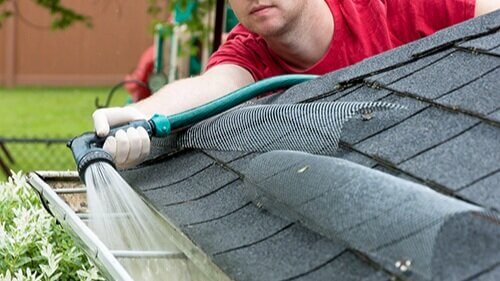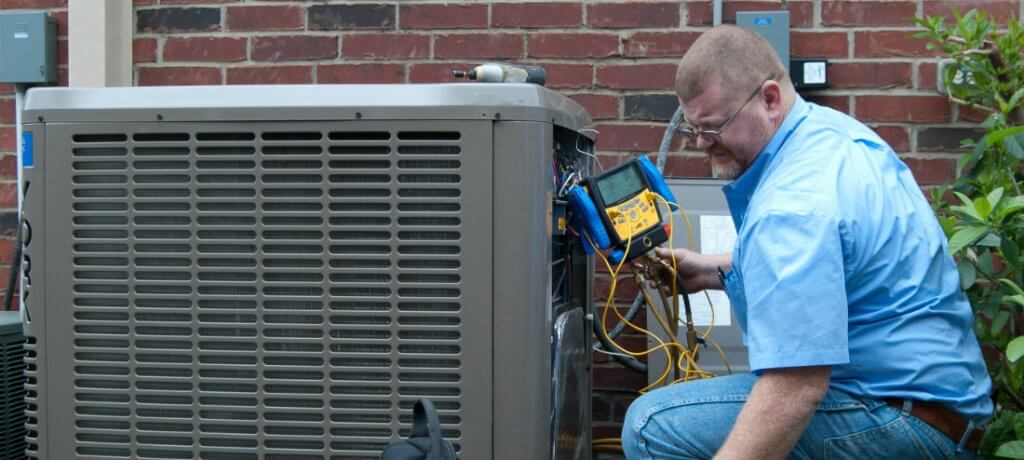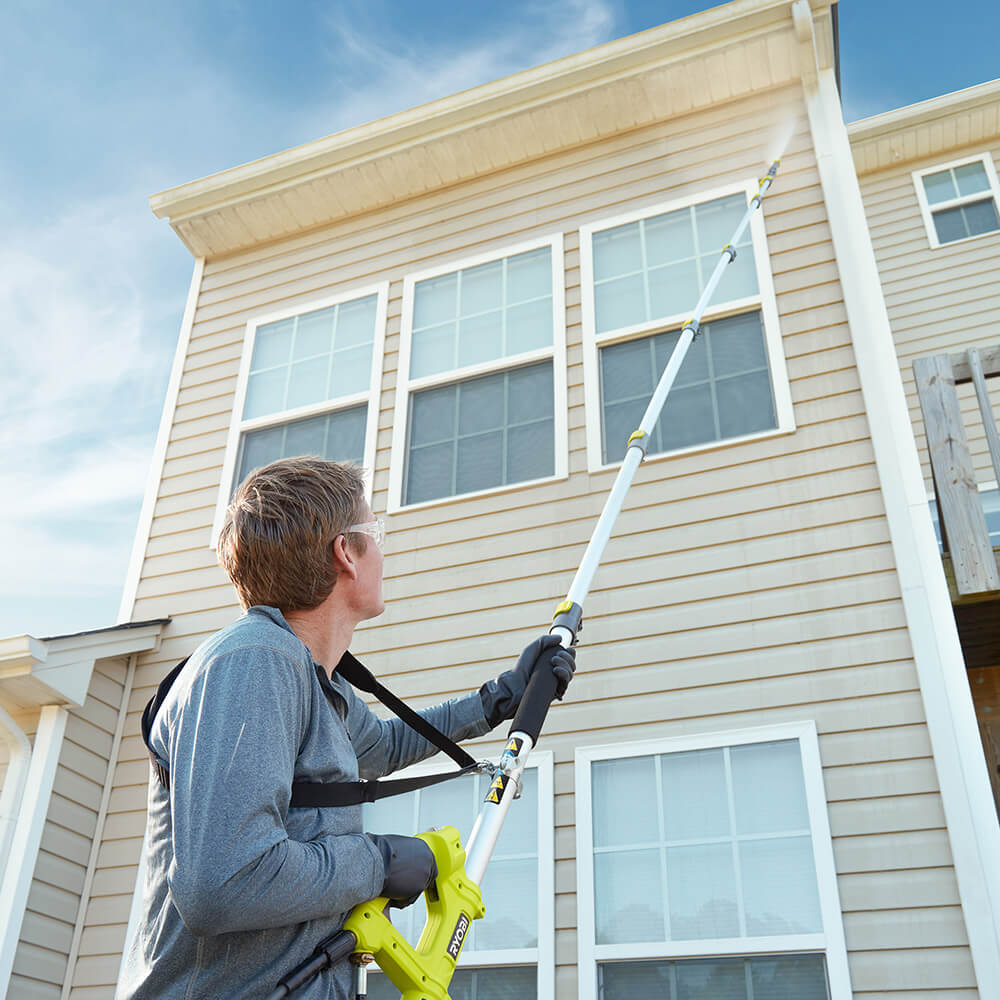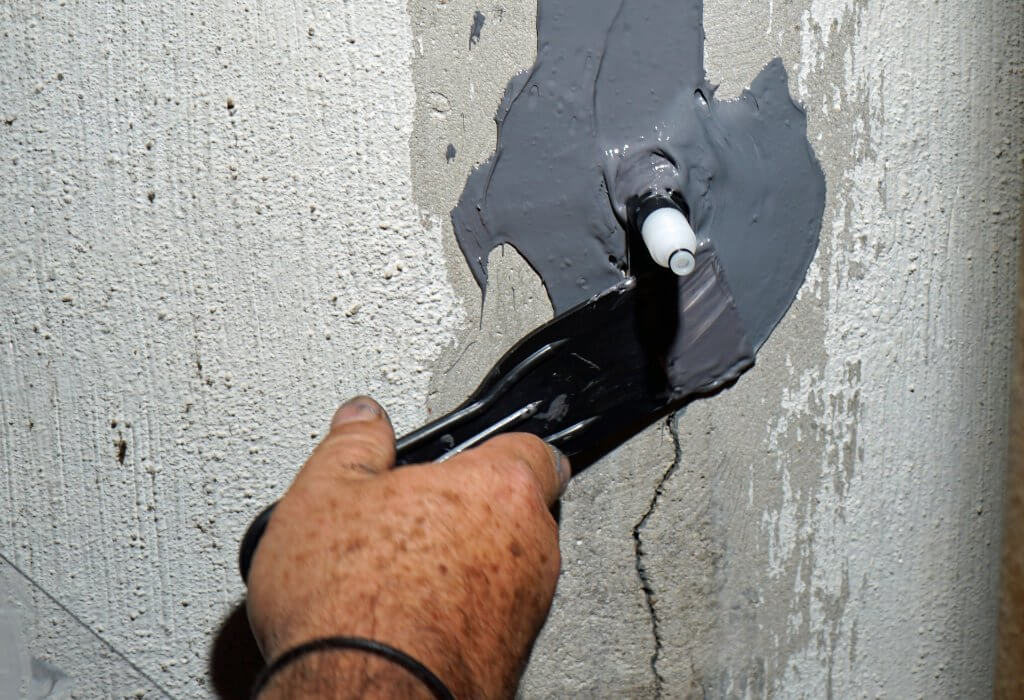In Plainfield, where seasonal shifts can significantly influence the integrity and functionality of your home, regular maintenance is more than a recommendation—it’s a necessity. Local homeowners understand that the key to protecting their investment and maintaining their comfort throughout the year lies in staying proactive about their home care routine.
A well-maintained home not only ensures the safety and security of its inhabitants but also helps in avoiding costly repairs in the future. This article will provide you with crucial maintenance strategies that can keep your Plainfield home in pristine condition, starting with your roof and extending all the way to your basement.
Inspect and Clean Gutters

One of the first lines of defense against water damage is your home’s gutter system. Gutters channel rainwater away from your foundation, walls, and roof, preventing a range of problems, from mold and mildew to basement flooding.
In spring and fall, when leaves and debris are most likely to clog your gutters, it’s essential to clean them out thoroughly. Ensure that downspouts are directing water away from the house and clear any blockages with a plumber’s snake or hose.
Regular inspections and cleanings can dramatically reduce the risks of water damage, saving you from potential headaches and high repair bills. For effective results, consider implementing various Gutter Cleaning Methods
Evaluate Your Roof’s Condition
The roof is one of the most critical components of your home, shielding you from the elements. Regular inspections are crucial, especially after severe weather events.
Look for missing, damaged, or worn shingles and check for signs of leakage in the attic or ceiling. If you spot any issues, it’s wise to contact a reputable Plainfield roofing contractor immediately.
They can provide professional assessments and address repairs efficiently, ensuring that your home remains dry and properly insulated. Early detection of roofing issues can prevent more severe problems and expensive repairs down the line.
Service Your HVAC System
 A well-functioning HVAC system is essential for comfort in both summer and winter months. To keep it running efficiently, schedule regular maintenance checks at least once a year. This typically includes cleaning filters, checking hose connections for leaks, and ensuring that the thermostat is working correctly.
A well-functioning HVAC system is essential for comfort in both summer and winter months. To keep it running efficiently, schedule regular maintenance checks at least once a year. This typically includes cleaning filters, checking hose connections for leaks, and ensuring that the thermostat is working correctly.
These checks not only improve the efficiency of your heating and cooling but also extend the life of the system. Regular servicing can help detect potential issues before they require costly repairs or replacements, ensuring your home stays comfortable regardless of the season.
Test Smoke and Carbon Monoxide Detectors
Safety devices such as smoke detectors and carbon monoxide detectors are vital for ensuring the safety of your home and family. Test these devices monthly by pressing the test button, and replace the batteries annually or as needed.
Ensure that these detectors are not blocked by furniture or draperies and that they are placed in strategic locations, including near bedrooms and on each floor. Properly functioning detectors are critical as they provide early warnings during emergencies, potentially saving lives.
Check Windows and Doors for Drafts
 Windows and doors are common sites for heat loss in homes, especially in older buildings. Check for drafts by feeling for cooler air near the edges when the house is closed. If you detect a draft, apply weather stripping or caulking to seal the gaps.
Windows and doors are common sites for heat loss in homes, especially in older buildings. Check for drafts by feeling for cooler air near the edges when the house is closed. If you detect a draft, apply weather stripping or caulking to seal the gaps.
This simple measure can significantly reduce your heating and cooling costs by keeping the indoor air inside and the outdoor air outside. Additionally, inspect the frames and panes for any signs of damage that might need more substantial repairs.
Maintain Your Plumbing System
Regularly inspect your plumbing system for any signs of leaks, drips, or corrosion. Under sinks, in the basement, and around appliances are common areas where issues can occur. Addressing these problems promptly can prevent them from escalating into major plumbing disasters.
Consider installing water sensors in critical areas that can alert you to the presence of moisture before it causes significant damage. Make it a habit to clean out drains to prevent clogs and use strainers in sinks to catch debris before it causes blockages.
Power Wash Siding and Driveway
 Dirt, mildew, and algae can gradually accumulate on your home’s exterior and driveway, detracting from its appearance and possibly damaging materials over time.
Dirt, mildew, and algae can gradually accumulate on your home’s exterior and driveway, detracting from its appearance and possibly damaging materials over time.
Power washing is an effective way to give these surfaces a fresh, clean look while also removing substances that can cause lasting harm if left unchecked. Before you start, check for loose siding or cracks that might need repairs.
If you have never used a pressure washer before, consider hiring a professional to avoid damaging the surfaces or apply too much pressure in sensitive areas. After a thorough cleaning, your home’s curb appeal will noticeably improve, and your siding and driveway will be better preserved against weather and wear.
Trim Trees and Shrubs
Overgrown trees and shrubs may seem harmless, but they can damage your home if left unchecked. Branches hanging too close to your house can scrape against the roof and siding, potentially causing significant harm. Moreover, fallen leaves and debris can clog gutters and promote mold growth.
Trim tree branches and prune shrubs so that they maintain a safe distance from your home. This also allows better airflow around your house, helping prevent moisture buildup.
If you’re unsure how to prune properly, consider consulting an arborist who can help keep your trees healthy and ensure they pose no threat to your property.
Seal Cracks in the Foundation
 Cracks in your foundation, no matter how small, can indicate potential problems that may worsen if ignored. Inspect the foundation both inside and outside your home, paying close attention to corners and areas near downspouts.
Cracks in your foundation, no matter how small, can indicate potential problems that may worsen if ignored. Inspect the foundation both inside and outside your home, paying close attention to corners and areas near downspouts.
Hairline cracks can be filled with epoxy, while larger cracks might need professional attention. In addition to keeping your foundation strong, sealing these cracks helps prevent moisture infiltration and the possibility of pests entering your home. By addressing these small issues early, you can avoid expensive repairs and maintain the structural integrity of your house.
Inspect the Attic and Basement
Attics and basements often hide problems that go unnoticed because they’re not frequented. In the attic, look for signs of leaks, such as damp insulation or discoloration on the rafters.
Also, check for signs of pests that could damage the structure or wiring. In the basement, inspect for moisture, mold growth, and pest infestations.
Dampness in the basement could indicate water seepage or plumbing leaks. Ventilate these spaces properly and consider using a dehumidifier to maintain a dry environment. Early detection and action can prevent more severe issues from developing.
Commit to Regular Maintenance for a Healthier Home
Regular maintenance isn’t just a chore—it’s an investment in the safety and longevity of your home. By staying proactive with these strategies, you can protect your property, enhance its appearance, and avoid costly repairs down the line.
A well-maintained home keeps your family secure and comfortable and ensures your investment continues to provide value for years to come. Committing to these maintenance routines will help create a healthier, happier living environment that you can enjoy without worry.

